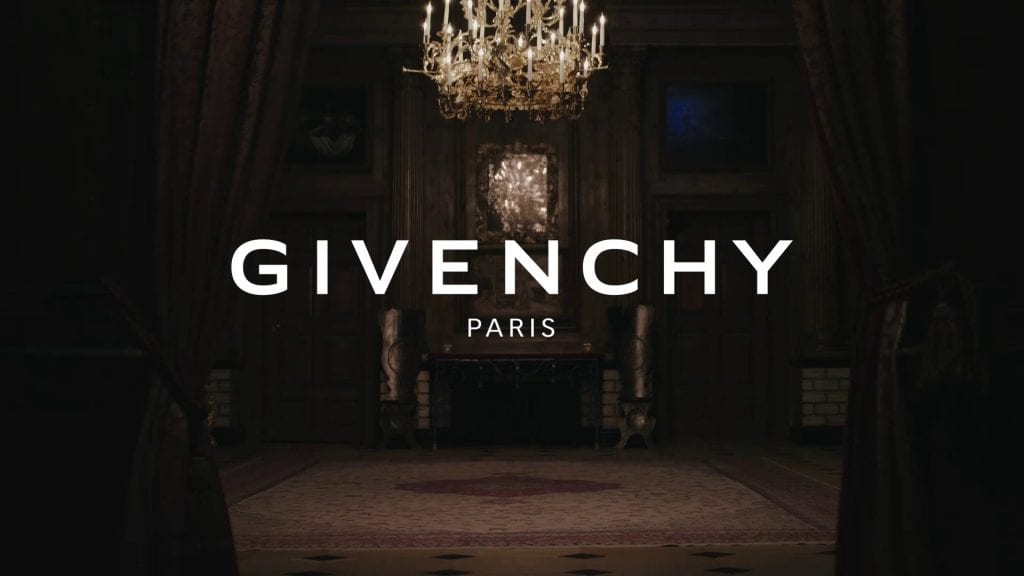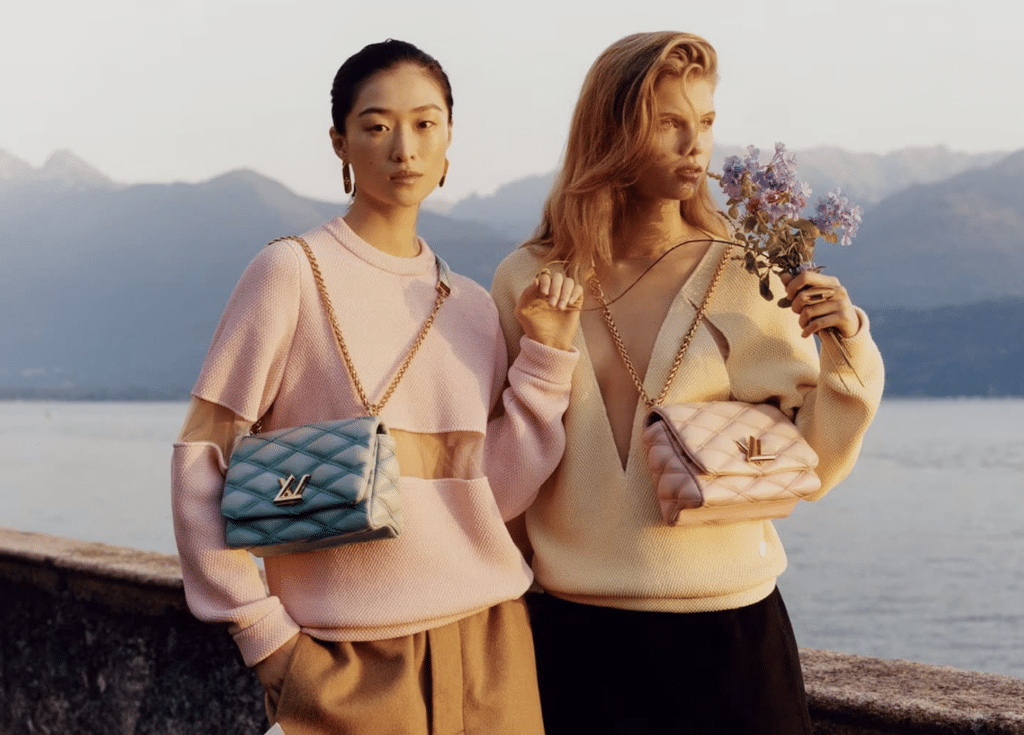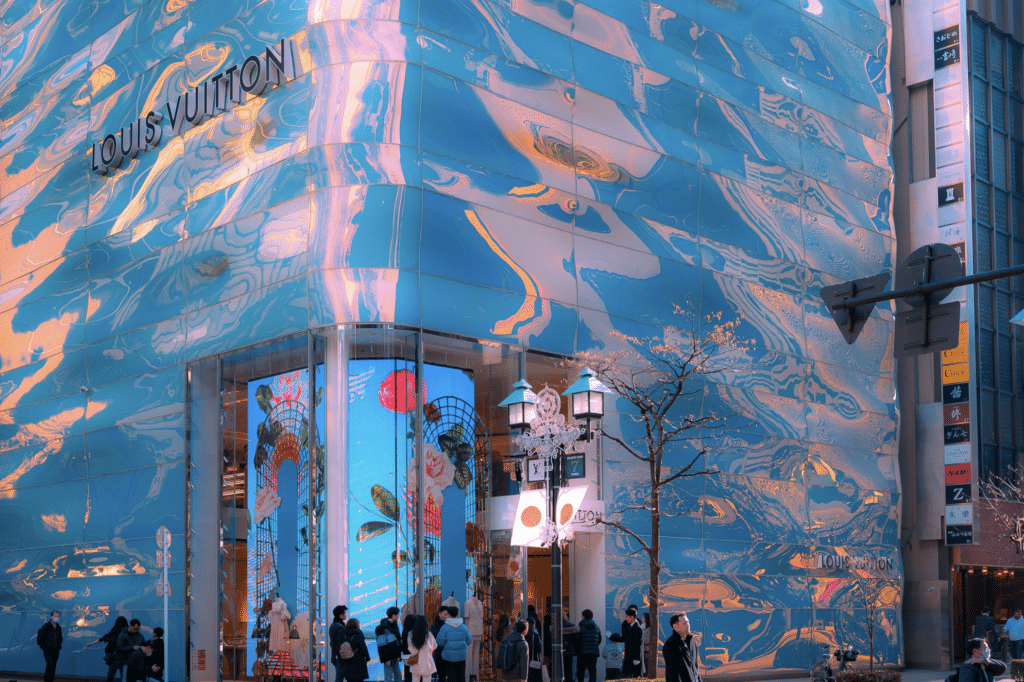In the fall of 2004, “in the conference room of an exquisite townhouse off Hanover Square in London, two dozen executives of luxury powerhouse LVMH Moët Hennessy Louis Vuitton were contemplating a critical question: Who should be the new women’s wear designer of Givenchy? Around the table are managers of LVMH brands from four continents, including some from leather-goods maker Louis Vuitton,” Fortune’s Janet Guyon set the stage. Taking a prominent seat at the lengthy table on that day in September was, of course, LVMH chairman Bernard Arnault.
“Our strategy is to bring the star status [of Louis Vuitton] to other brands,” says then-55-year old Arnault, the French businessman who had garnered himself a reputation as an elegant-yet-utterly ruthless brand-acquirer, a “wolf in cashmere” clothing if you will. “We have to build for the future.” The pending appointment at Givenchy would heavily depend on that.
Arnault and his stable of trusted colleagues had come together by virtue of the fact that Arnault’s Paris-based conglomerate had acquired Givenchy 16 years prior, with Henry Racier, the group’s then-vice chairman and president, spearheading the deal. The acquisition – one that would see Paris-based Givenchy and its “designs and ateliers, which were positioned at the top of and played a key role in international fashion,” as LVMH would describe it years later – brought into the fray of what would become the world’s largest luxury goods conglomerate. But the deal would not close before LVMH had brought the affiliated-but-independently owned Parfums Givenchy under its ownership umbrella two years earlier (technically prior to the formation of the LVMH entity).
In fact, Louis Vuitton had already come into possession of Parfums Givenchy two years prior in 1986 when the then-132 year old leather goods house bought a champagne and perfume group called Veuve Clicquot. In absorbing that group, Louis Vuitton was also taking control of Parfums Givenchy, which Veuve Clicquot had purchased from the house’s eponymous founder Count Hubert James Marcel Taffin de Givenchy in 1981.
Shortly after Louis Vuitton acquired Veuve Clicquot – and thus, Parfums Givenchy – in 1986, Racamier oversaw another deal in furtherance of his quest to build a family-owned leather goods company (Louis Vuitton) into the biggest, mightiest name in luxury in the world, which included “modernizing the way Vuitton made and marketed its leather goods, and tapping the immense Asian market,” per the New York Times. (It also saw Yves Carcelle, who was brought in to run Louis Vuitton in the 1990s, “work to create crucial buzz via a combination of PR stunts, celebrity endorsements, and, most effectively, artificial scarcity.”).
That deal was the merger between Louis Vuitton and spirits group Moët-Hennessy, the one that would create LVMH Moët Hennessy Louis Vuitton in the summer of 1987. It was only after that, in 1988, that the acquisition of the Givenchy couture house – on that author Dana Thomas later called “one of the last of the old school of haute couture, where gorgeous clothes were made for a woman to live in, not to decorate her, and design, however elaborate, always bowed to function” – came into fruition.
Privately held for nearly 40 years, Givenchy’s founder Mr. de Givenchy “had never set out to sell to Arnault,” the Independent’s Marion Hume wrote in July 1995. However, in 1988, 36 years after he launched his eponymous couture house, “Mr. de Givenchy was keen to concentrate solely on his creative oeuvre.” Couture was evolving in the 1980s, with traditional couture houses branching out into more accessible products to boost their bottom lines, and in the process the business was becoming one with a truly global reach. Brands were setting the stage for time tested model that sees “the media buzz generated from haute couture shows” – and now, even over-the-top ready-to-wear ones – used to “boost sales of high-margin items such as perfumes, handbags and sunglasses,” as the Wall Street Journal has put it.
Mr. Givenchy had no interest in building out or managing the business side of the equation. “He wanted to off-load what had become financial burdens, and was delighted to sell out to an old- school businessman.” That man was, of course, Henry Racamier.
Mr. de Givenchy – who stood at a towering 6’6″ and was nearly 60 years old at the time – “was particularly delighted,” per Hume, that the roughly $45 million deal that LVMH offered him included a seven-year “contract that promised him a reported salary of one million French francs a month.” Money would not be an issue. The deal also reportedly came with an agreement that Mr. de Givenchy could remain as creative director of his namesake label for as long as he wished.
“As long as he wished” would ultimately last for seven years, as Mr. de Givenchy retired in 1995, and his departure was said to be less than a friendly one. While Hume reported in the summer of 1995 that de Givenchy was “retiring voluntarily,” and not “bowing out because he been failed by his creative powers,” Thomas wrote of the contrary at the time, stating that despite “the official guise of retirement,” de Givenchy was actually “being sacked,”
Reflecting on the matter five years later, Thomas stated, “Hubert de Givenchy was pushed into retirement after Arnault assumed control of his couture house through his takeover of LVMH.” It was well known in French fashion circles,” after all, “that he and Arnault have a strained rapport at best.” As such, de Givenchy had to go, and Arnault’s “decidedly un-French” way of “manhandling company founders,” as Thomas put it, continued to gain steam.
Mr. de Givenchy was abreast of his pending departure ahead of the haute couture collection he showed in Paris on July 12, 1995. However, what he did not know is who would be succeeding him at the house that be built. He would come to find out an hour after he put his swansong on the runway. It was then that LVMH and Givenchy’s CEO, Richard Simonin, announced that John Galliano would take his place. Mr. Galliano, then just 35 years old, was a notorious wild-child but also a fashion industry darling. Vogue editor-in-chief Anna Wintour was said to used her powerful say to solidify his appointment.
“I don’t know the gentleman except through the newspapers and magazines,” de Givenchy said of Galliano. After all, he “was not involved in choosing his successor,” the New York Times noted in its announcement of the news. Writing for the Washington Post, Thomas stated that “Givenchy, after decades of success, was nearly completely excluded from the process of finding his replacement. In fact, Mr. de Givenchy – the man, who was credited with defining simple elegance for an entire generation of women, with some of the most famous being Audrey Hepburn, Jacqueline Kennedy and the Duchess of Windsor – learned who was to become the successor to his world-famous fashion house at the same time” as everyone else … via a release from his own press office.
Galliano’s tenure at Givenchy would prove to be limited; the first British designer to head a French haute couture, he showed his debut collection on January 21, 1996, and by that October, he had been moved to the helm of Christian Dior, another LVMH-affiliated house, where the top spot was left vacant when Gianfranco Ferré, the Italian couturier, who had been designing at Christian Dior since the late 1980s left.
As for Givenchy, it would see 27-year old Alexander McQueen (“who had been adamant that the only couture house he had his eye on was Yves St Laurent,” according to the Independent. “The offer was seemingly too much to turn down.”) and Julien Macdonald respectively take the helm before LVMH’s heads ended up at that table that day in London in 2004, pondering the next move for the house.
They would ultimately – after much consideration – select Riccardo Tisci, the Italian designer known for his gritty romanticism, for the job. Tisci was appointed in 2005.
*This article was initially published in March 2018.











